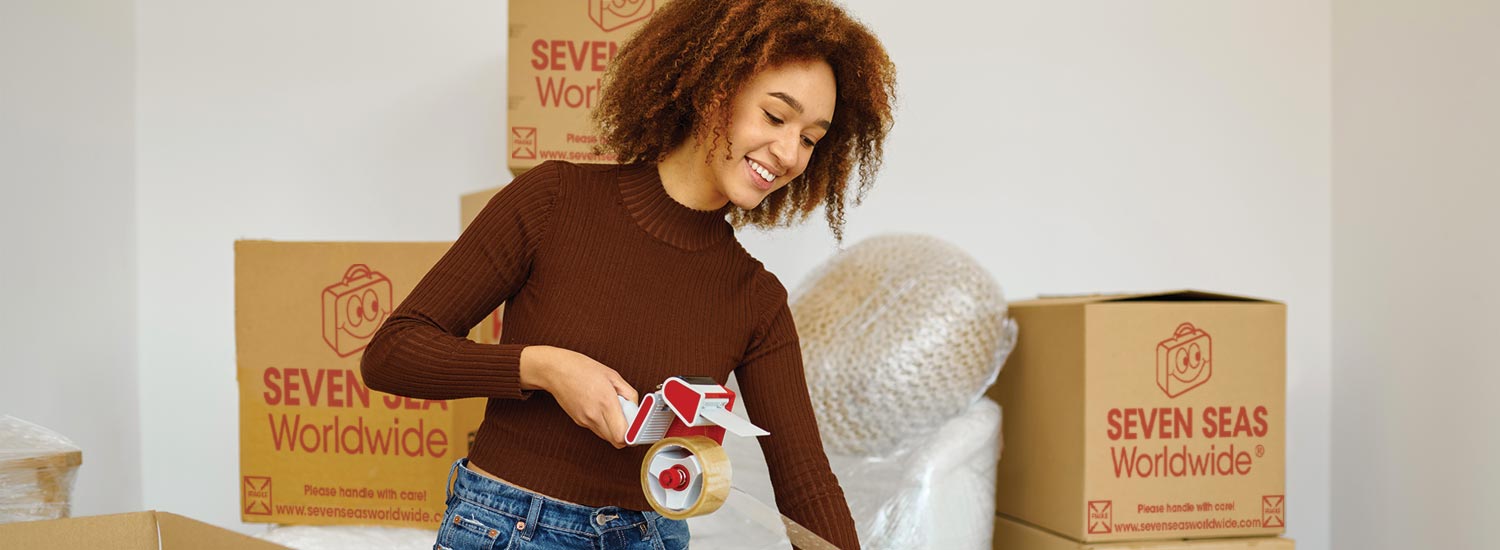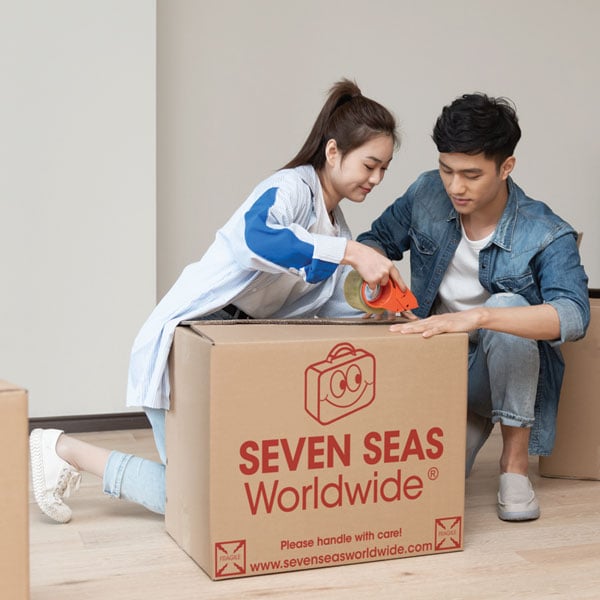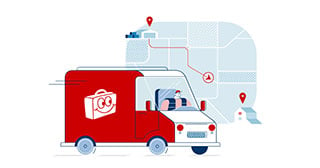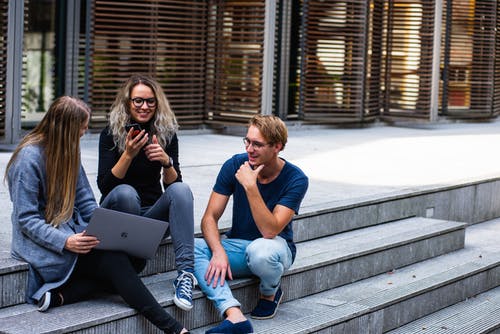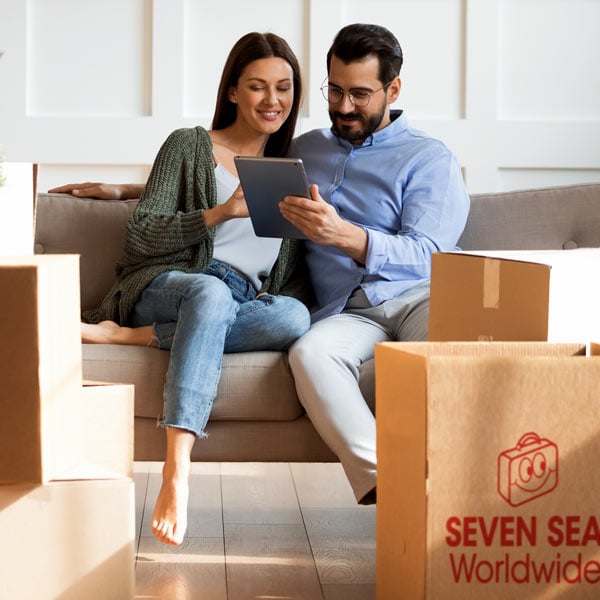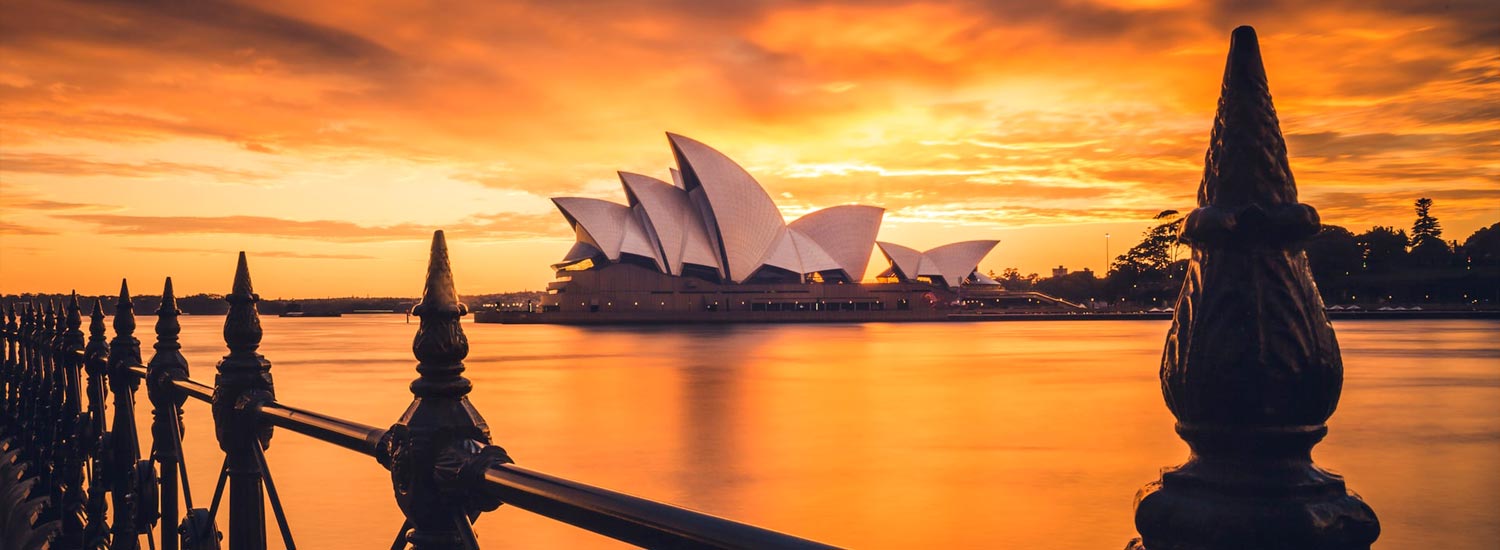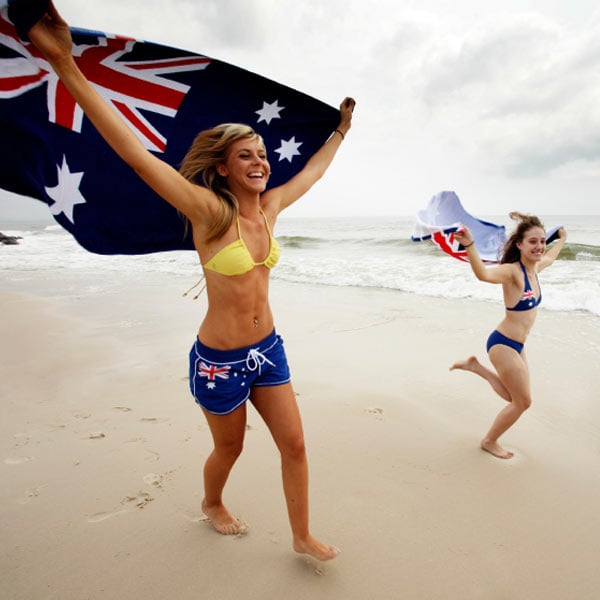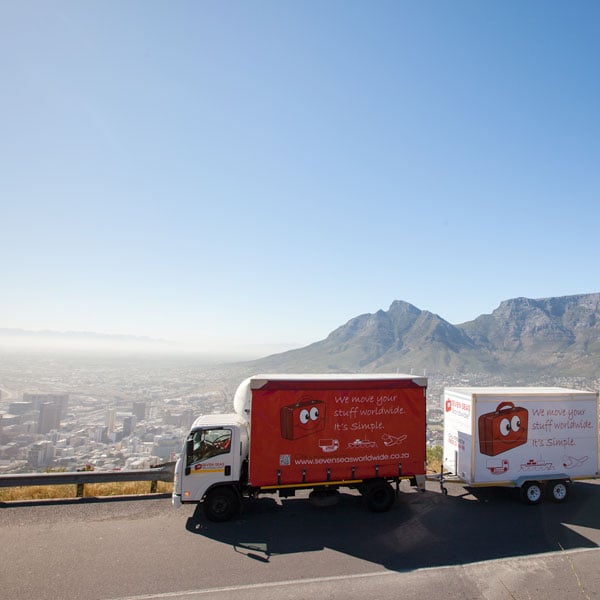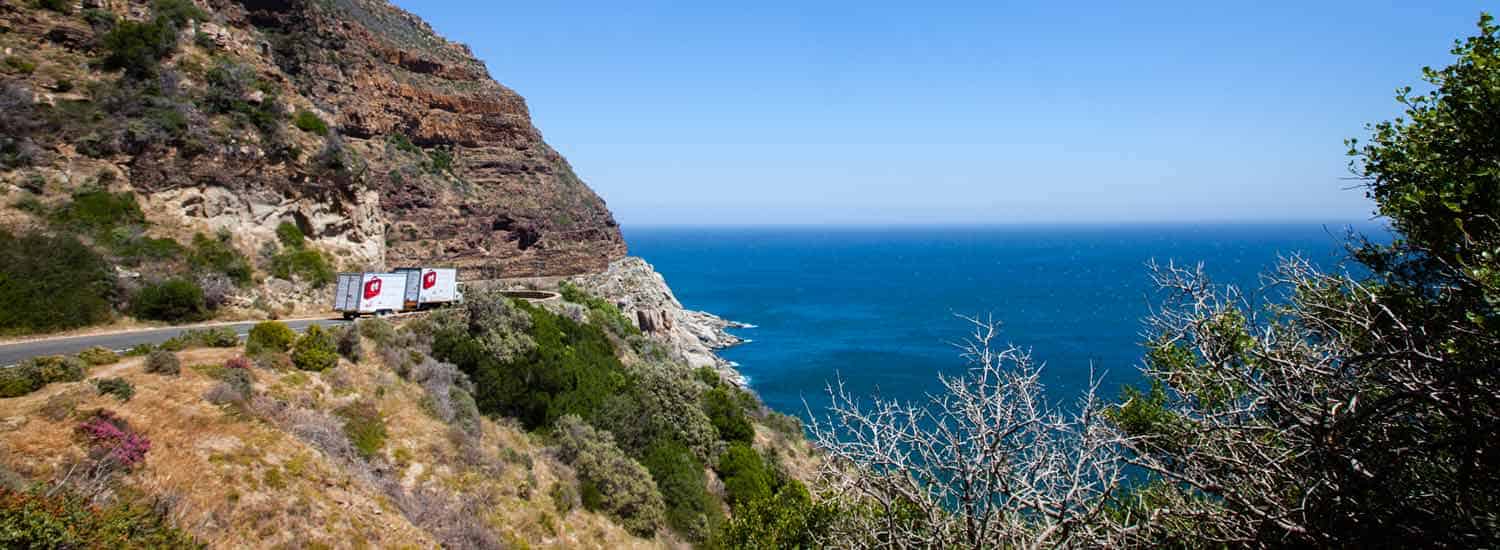Before packing, check this list of items prohibited from entering a particular country or region.

Table of contents
- Information about Australia
- Applying for a visa
- Australian visa costs
- Getting a job in Australia
- Renting vs. buying a home in Australia
- Opening an Australian bank account
- Australia living costs
- Shipping to Australia
- Aussie culture and history

Emigrating to Australia explained
Moving to Australia is a dream for many expats looking to start a new chapter in the sun. The vast and varied Commonwealth of Australia brims with natural wonders, friendly locals and vibrant culture. Whether you're looking for the quiet remoteness of the Outback or the hustle and bustle of an East Coast city, the Land Down Under delivers!
Plus, thanks to the Skilled Migration Program, there's never been a better chance of securing a job in Oz. In 2024-25, the Australian government made w whopping 185,000 skilled worker visas available!
How many Australian skilled worker visas are available?
For 2024-25, Australia will issue
185,000 work visas
Helpful information about living in Australia
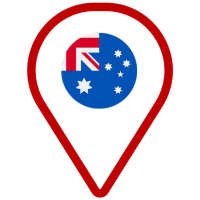
Quick facts about Australia
| States | 6 |
| Territories | 10 |
| Capital | Canberra |
| Population | 25.8M |
| Most populated city | Sydney, New South Wales (5.2M) |
| Official languages | English |
| Area | 2.9M mi² (7.6M km²) - 6th largest in the world |
| Currency | Australian Dollar (AUD) ($) |
| Form of government | Federal parliamentary constitutional monarchy |
| GDP (total) | $1.7 trillion - 20th in the world |
| GDP (per capita) | $64,674 - 21st in the world |
| Human Development Index (HDI) | 0.951 - 5th in the world |
(Sources: hdr.undp.org, IMF.org, worldbank.org, abs.gov.au, ga.gov.au, timeanddate.com)
Whether you're looking for the quiet remoteness of the Outback or the hustle and bustle of an East Coast city, the Land Down Under delivers!
Time zones in Australia
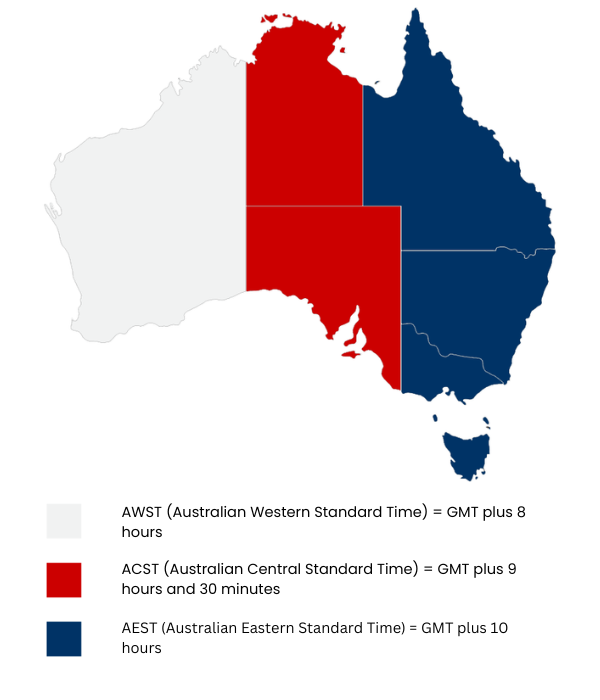
Summer Time (Daylight Saving Time) is used in New South Wales, the Australian Capital Territory, Victoria, South Australia and Tasmania from the first Sunday in October to the first Sunday in April.
However, the Northern Territory, Queensland and Western Australia don't use DST.

How to get an Australian visa: everything you need to know about entry requirements
To get an Australian visa, you must first apply for permission, detailing how long you wish to stay and your reason for moving. The visa process can be complex and take months or years. The easiest way to get a visa is by having a desirable professional skill or getting sponsorship from a family member.
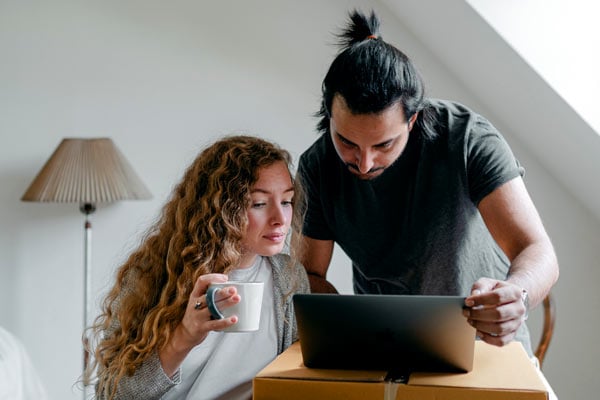
Skilled workers and family-sponsored Australian visas
There are more than 120 Australian visas, so learning as much as possible is essential before applying. Acceptance depends on numerous factors, including the county you're arriving from, your work experience, age, family size, and English language skills.
Your best chance of securing permanent residence is via the Skilled Migration Program. Due to a skills shortage in the Australian job market, a large number of visas are set aside each year for immigrants with relevant work experience. Skilled worker visas have increased yearly since the COVID-19 pandemic, so there's never been a better time to apply!
If you can find an Australian employer to apply on your behalf, you may have a better chance of acceptance. Current in-demand roles include nurses, software engineers, carers, construction managers, mechanics, teachers and chefs.
Another way to win a permanent move is to have family members living in Australia. Thirty-seven different visas allow you to join family for short or long periods. Family visas range from Partner and Prospective Marriage visas to Age-Dependent Relative and Carer visas, so you'll surely find one to suit your situation.
How to apply for an Australian visa
To apply for an Australian visa, first go to the Australian Home Affairs website and select your visa type, e.g. "Work", "Study", "Live here permanently", etc. A short questionnaire will then direct you to an appropriate visa based on factors like your intended length of stay and who is making your application.
Once you've selected your visa, you'll see more in-depth details such as application costs, processing times, required proof of address and identification. Plus, eligibility requirements, including English language skills and your health status. Next, select "apply". The website will then direct you to an ImmiAccount registration page to begin your application journey.
If you're applying for a skilled visa, check if your job experience is on the skilled occupation list, then take a Skills Assessment. Skilled visas are assessed on a points system: the more in-demand your role is, the more points you'll gain. Next, submit an Expression of Interest (EOI). If you have enough points, you'll be invited to make an application.
What do I need to move to Australia?
To move to Australia, you need to secure a visa, arrange accommodation, ensure financial stability, and familiarise yourself with immigration requirements. Research visa options and prepare necessary documents. It's advisable to consult official Australian immigration resources for specific guidance.
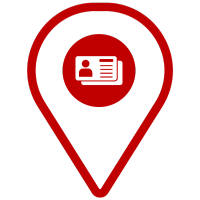
Other types of Australian visas
While a skilled worker visa or family member sponsorship is your most probable way to gain entry to Australia, there are other options:
- Student visas: depending on the length of your study, you can stay in Australia for up to five years on a student visa. You'll be able to move freely in and out of the country and work for up to 48 hours per fortnight during study times. You must meet English language requirements, have adequate health insurance and provide a character reference. Apply online via the Australian government website, in or outside the country.
- Work visas: there are 43 work-related Australian visas, including short and long-term stays for air or sea crew, foreign government employees or those teaching a foreign language. To increase your chance of acceptance, gain work experience in a field on Australia's skills shortage list.
- Visitor visas: for tourism or unpaid business trips, like conferences or events, apply for one of Australia's seventeen visitor visas. Stays range from just 72 hours up to 10 years via multiple short visits.
- Permanent retirement visas: if you are a long-term Australian resident and have an eligible child who is an Australian citizen or resident, there are two options: a Parent visa and a Contributory Parent visa. Requirements include age, health, character and current visa status.
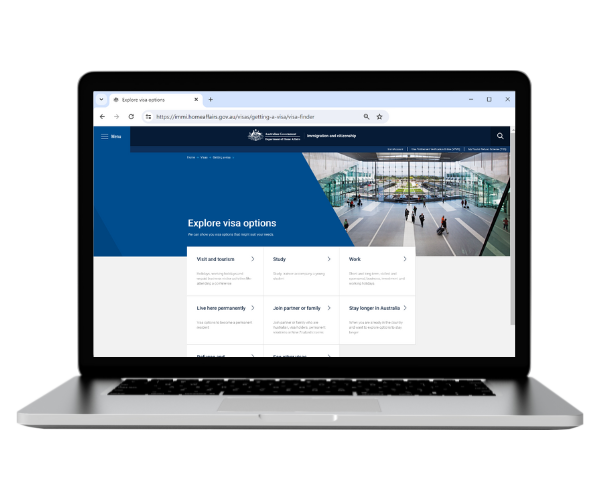
How long do Australian visas take to process?
Australian visas take between 1 day and 7 months to process, depending on your visa type and staffing levels at the embassy. The list below shows how long you can expect to hear back once you have submitted your application. Note that times are subject to change and depend on incoming workload and staffing levels.
Please check the Australian Government - Department of Home Affairs website for the complete list and further details.
- Permanent skilled worker: 5 months
- Temporary skilled worker: 11 days
- Partner (first stage): 7 months
- Student: 24 days
- Visitor: 1 day
- Working holiday: 1 day
Talk to a registered Australian migration agent
You can choose the best migration agent in Australia by ensuring they are registered with the Australian Office of Migration Registration Authority (MARA). Incorrect advice may damage your application. Since gaining entry to Australia is complex, a registered migration agent can guide you through each stage of your visa application, including your eligibility, likelihood of acceptance, and probable wait times.
Migration agents can be particularly beneficial when appealing a rejected application or suggesting alternative entry options. Hiring costs vary depending on individual circumstances and which visa type you wish to apply for, so do research thoroughly.
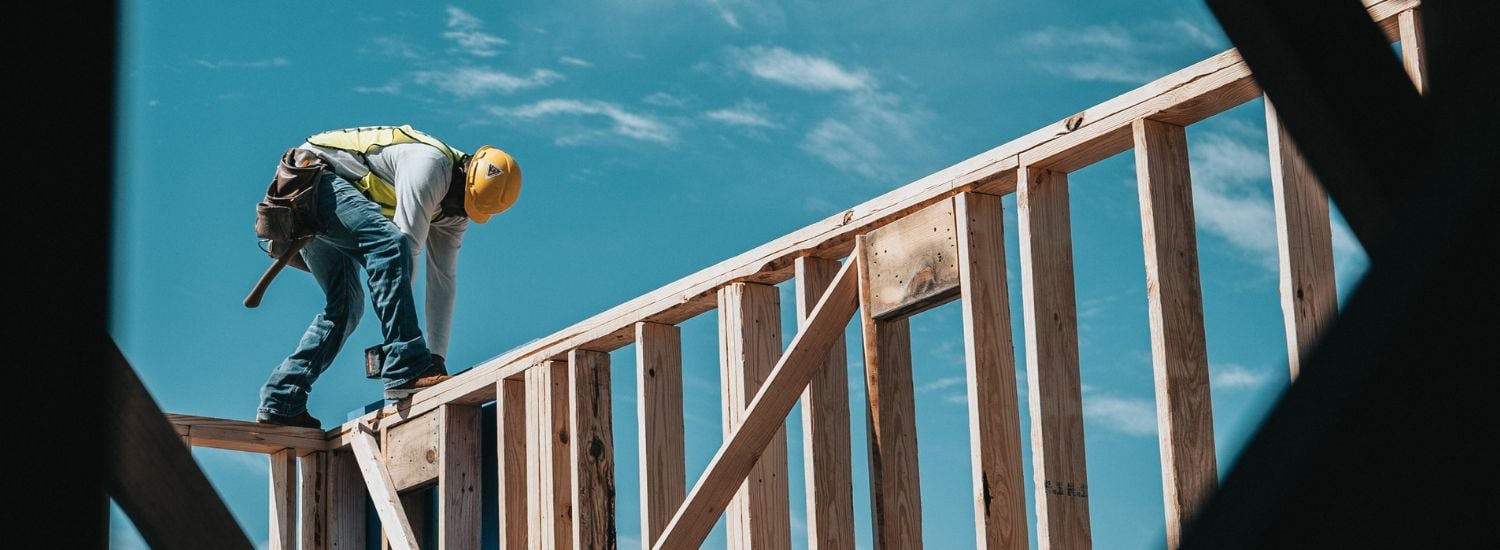
How much do Australian visas cost as of 2025?
Australian visa costs vary, with some free and others reaching as high as AU$10,000. Below are some of the most common Australian visas and their base application cost. However, check the Australian Home Affairs website before applying, as prices can change, and your particular circumstances might mean you're exempt from visa application charges.
![]()
Short-stay visas
- eVisitor (subclass 651): AU$0
- Medical Treatment visa (subclass 602): AU$380
- Temporary Activity visa (subclass 408): AU$430
- Visitor visa (subclass 600) - Business Visitor stream: AU$200
- Working Holiday visa (subclass 417): AU$670
![]()
Family visas
- Aged Dependent Relative visa (subclass 114): AU$5,280
- Child visa (subclass 101): AU$3,235
- New Zealand Citizen Family Relationship (Temporary) visa (subclass 461): AU$445
- Parent visa (subclass 103): AU$7,345
- Partner visa (subclass 820/801): AU$9,365
![]()
Business visas
- Business Innovation and Investment (Permanent) visa (subclass 888): AU$3,500
- Business Innovation and Investment (Provisional) visa (subclass 188): AU$10,000
- Business Owner visa (subclass 890): AU$2,890
- Business Talent (subclass 132): AU$7,855
- Investor visa (subclass 891): AU$2,890
![]()
Skilled worker visas
- Global Talent visa (subclass 858): AU$4,985
- Permanent Residence (Skilled Regional) visa (subclass 191) - Hong Kong stream: AU$4,910
- Permanent Residence (Skilled Regional) visa (subclass 191) Regional Provisional stream: AU$505
- Skilled Independent visa (subclass 189): AU$4,910
- Temporary Work (Short Stay Specialist) visa (subclass 400): AU$430
![]()
Employer visas
- Employer Nomination Scheme visa (subclass 186): AU$4,910
- Regional Sponsored Migration Scheme visa (subclass 187): AU$4,640
- Skilled Employer Sponsored Regional (Provisional) visa (subclass 494): AU$4,910
- Skilled Independent visa (subclass 189): AU$4,910
- Skilled Nominated visa (subclass 190): AU$4,910
![]()
Student visas
- Student visa (subclass 500): AU$2,000
- Temporary Graduate visa (subclass 485) - Graduate Work stream: AU$2,300
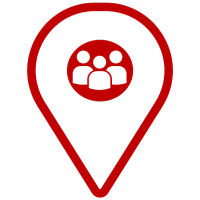
About Australia's migrant population
You won't be alone as an immigrant in the Land Down Under, with nationalities from most countries worldwide represented.
The Australian expat population has been steadily on the rise for decades. In 1948, expats comprised 10.4% of the population, rising to 29.5% by 2022.
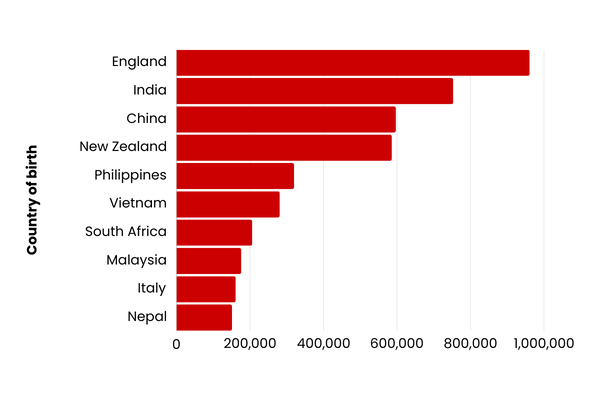
Almost a third of Aussies were born in another country!
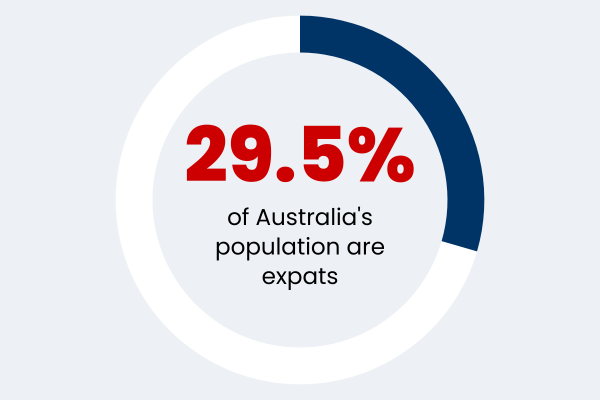
Source: Australian Bureau of Statistics

How long are Australian visas valid?
Australian visas are valid from between 3 months to 5 years, depending on the visa type. Here's how long some of Australia's most popular visas are valid for:
- Visitor visas (e.g. tourist visas, business visas, etc.): typically granted for stays of three, six, or twelve months but can vary based on individual circumstances and the purpose of the visit.
- Graduate visas: these are tied to the course length the student is studying, lasting from a few months up to five years.
- Working holiday visas: valid for 12 months from your Australia entry date. However, you can apply for an extension of up to three years if you complete a certain amount of work in a specified industry.
- Skilled worker visas: validity varies based on your situation and visa's subclass. Some skilled visas may grant permanent residency following a provisional period of eligibility.
- Family and partner visas: length of stay may be defined or permanent based on the specific visa subclass and the nature of your relationship.
You must check the details of the specific visa subclass you're interested in before applying.
Visit the Department of Home Affairs' official website for the most up-to-date and accurate information.

Working and getting a job in Australia
With almost four hundred thousand job vacancies across Australia, expats have ample opportunities to land a job. Your best chance is to obtain sponsorship from an Australian employer for an in-demand role as part of the country's Skilled Migration Program. Work experience is often valued over university or college qualifications, so don't worry if you don't have a degree.
Plus, if your profession isn't currently in demand, Australia offers a whopping 43 working visas covering everything from business owner and investor visas to working holiday and religious worker visas. There's bound to be one that suits your situation!
Stand out from the competition by researching standard Australian resume layouts, then write a well-crafted cover letter highlighting your skills, suitability for the role, and desire to go the extra mile.
Tips for job hunting in Australia
Before job hunting in Australia, check your visa's working conditions. Some visas limit the number of hours you can work, whether you can work full-time, and how long you can stay with one employer. Review your working visa's specific terms and conditions on the Department of Home Affairs website.
Next, research Australia's biggest employers and industries to determine where your skills fit best. The government website Job Outlook Australia is an excellent resource for job statistics, including any required training, average pay, demographics and how in-demand the role is.
Then, make several CV versions to highlight different aspects of your employability. For example, one resume might emphasise technical abilities and experience when applying for a job in IT. In contrast, you might highlight your customer-facing skills for a role in sales.
Utilise popular job listing websites like Seek, Indeed and CareerOne, and connect with potential employers on LinkedIn, a social media platform designed for professionals.
Further, job-seeking searching options include:
- Attending networking social events and career fairs to build connections.
- Displaying your skills for free by offering to volunteer or take up an internship.
- Registering with recruitment agencies who can liaise with employers on your behalf.
- Checking your desired employer's website for vacancies. If you don't see any, email them your resume anyway!
Stand out from the competition by researching standard Australian resume layouts, then write a well-crafted cover letter highlighting your skills, suitability for the role, and desire to go the extra mile. Remember to learn as much as you can about the company first.
Finding a job in a competitive market requires persistence and resilience — keep applying and making connections, and you'll land your dream Aussie job in no time!

Australian employment statistics
| Avg. weekly working hours | 31.7 |
| Avg. annual income | $68,092 |
| Full-time employed | 9.82M |
| Part-time employed | 4.34M |
| Vacancies | 390,400 |
Sources: abs.gov.au, treasury.gov.au
Top 10 in-demand jobs in Australia
The top 10 current in-demand roles in Australia are nurses, teachers, software developers, electricians, construction managers, carpenters, machinists, plumbers, mechanics and university lecturers according to Australian Labour Market Insights. Please see the graph below for more details and their respective occupation ceilings*.
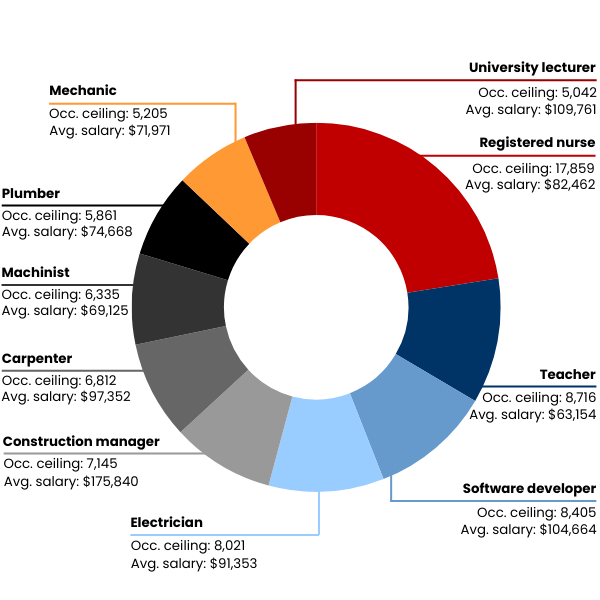
*Occ. ceiling (occupation ceiling): the maximum number of invitations issued for an occupation group within the program year.
How much money do you need in the bank to move to Australia?
There is no set minimum or maximum amount you need in your bank account to apply for an Australian visa. However, on arrival, Australian customs may ask for proof of AU$5,000 in the form of a bank statement to show you can support yourself during your first weeks and months in the country.
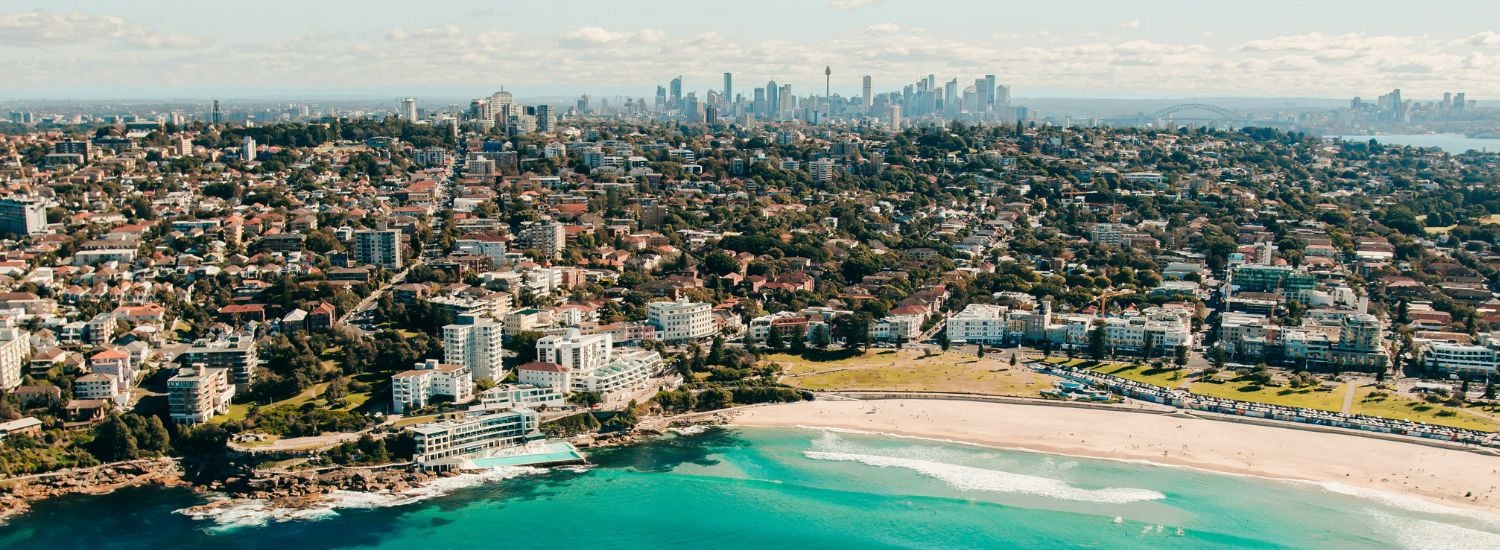
Renting vs. buying a property in Australia
Once you've chosen an area of Australia to settle, it's time to decide whether to buy or rent. Renting is an excellent way to acclimate to your new surroundings before committing to a large purchase. After all, if you discover Australia isn't suitable for you and your family, you may wish to return home. On the other hand, buying lets you build roots immediately with a piece of land that's all yours.
And remember to book temporary accommodation at a local hotel or Airbnb so you have a place to stay while house hunting!
![]()
What documents do you need for a rental application in Australia?
Typically, the documents you must provide to rent a property in Australia include:
- Personal identification: typically your passport; however, the estate agent might also ask for other forms of photo identification, such as student ID, your visa or a driver's license.
- Proof of income: you'll need to provide copies of several months of payslips, a bank statement or a job acceptance offer that includes your salary.
- Rental history: this might be a previous rental agreement, a reference from a former landlord or estate agency or copies of previous rental payments you've made.
- References: you must also provide professional references from your manager or department head. If you haven't worked before, a personal reference from a teacher or community leader should be acceptable.
Renting property in Australia
Before arriving in Australia, conduct online research into your chosen area. Consider house prices, your work commute, public transport, schools, crime rates, parks and local amenities. Popular letting websites such as Realestate, Rent and Property are excellent resources.
Avoid picking a home based only on images, video and text. Instead, arrange to see it in person. You'll get a better feel for the property and can ask the letting agent for further information.
Top tip: use Realestate.com.au's suburb searcher tool to explore each Australian state's most popular residential areas. It also offers price trends, the number and types of homes leased, and other handy property market insights.
Once you pick a property, complete the application form. Other people will likely apply, so fill it out quickly. You'll need to provide proof of income and ID (a passport, driver's licence, birth certificate, etc.), so ensure these are easily accessible. The estate agent will also ask for personal and rental references to verify your character and suitability. Add a cover letter about yourself and why you like the property. It adds a personal touch to your application, helping you stand out from the competition.
Before moving in, you must sign a rental contract (lease). Usually, leases last a year and include details on your responsibilities as a tenant, such as paying for utilities, paying a bond (deposit) and regulations if you have pets. It should also include your landlord's contact details and duties like repairs and health and safety considerations. Read your rental contract carefully and request a copy.
Buying a house in Australia
Start by working out your finances to ensure you can afford a mortgage — remember you'll need a deposit, typically 20% of your desired home's price. Then, check your credit score on sites like Experian, Equifax and Illion, which can assess your mortgage acceptance likelihood and offer tips to improve your score.
Next, apply for a pre-approved home loan from a few banks. Trusted institutions include the Commonwealth Bank of Australia, Westpac Banking Corporation and the National Australia Bank Limited. Pre-approval gives you an idea of what you can afford and the interest rates you might be offered. Consider using a mortgage broker to help liaise with the banks on your behalf for the best rates.
View as many houses as possible via popular property sites like Realestate.com.au and OntheMarket.com. Once you find the ideal home for your family, make a bid. If needed, a buyer's advocate can help with negotiations. If your offer is accepted, you and the seller will sign a Contract of Sale, which you should read carefully. If you have any doubts about its contents, consult a conveyancing solicitor.
Next, hire professionals to conduct a building inspection. Missing this step could be costly in years to come. Finally, make an official offer on the home, complete your loan agreement with your bank, and let your conveyancing solicitor handle the legal aspects.
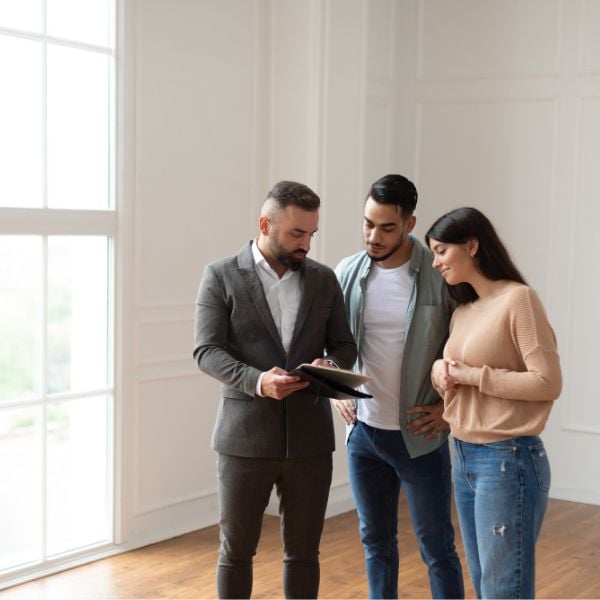
What is the minimum wage in Australia?
The minimum wage in Australia is
AU$23.23 per hour
Source: Wage Indicator
Buying a house is a huge commitment, especially when you've only recently moved to the country. Instead, test the waters by renting a property first.
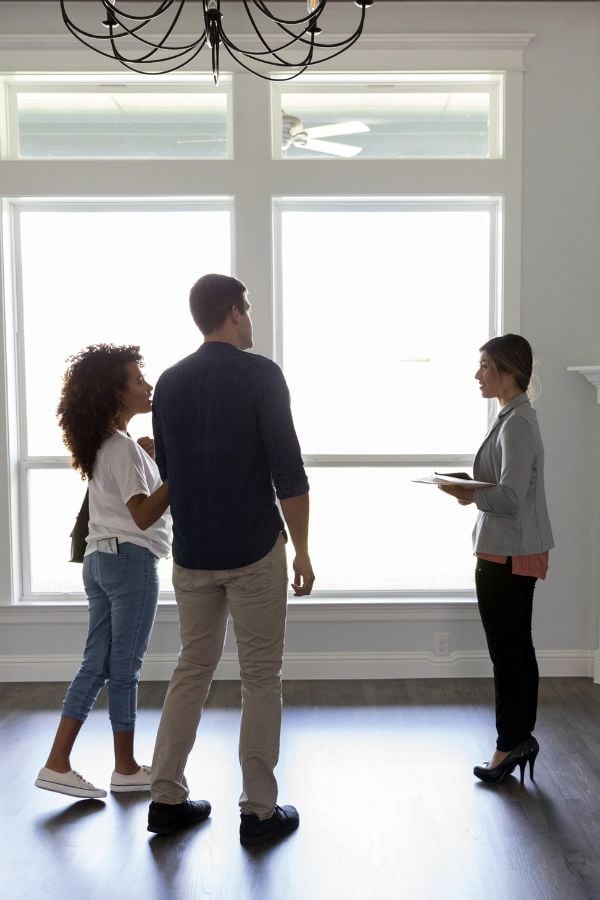
How much money do you need to move to Australia?
The amount you need to move to Australia varies. Consider expenses like visa fees, healthcare, accommodation, daily living costs and international removal costs. Research thoroughly and budget for a comfortable transition.
Below, we provide further information about these potential expenses:
Visa application costs:
Depending on the type of visa you opt for, there may be associated application fees. While some, such as the Regional Sponsored Migration Scheme visa, are free, others, like the Business Innovation and Investment (Provisional) visa, can cost up to AU$10,000.
There are twenty-two subclasses of working and skilled Australian visas, each with its own fees, including base charges, additional applicant charges, a temporary application charge and a non-internet application charge if you don't apply online.
Flights:
The cost of flights to Australia depends on your departure location, the time of year, flight class and the airline. International flights can range from a few hundred to several thousand dollars. Use flight comparison websites like Skyscanner and Flights Finder for the best deals.
Temporary accommodation:
Buying a house is a huge commitment, especially when you've only recently moved to the country. Instead, test the waters by renting a property first. After all, you might decide to try living somewhere else in Australia or that you miss home and want to return.
Look for the perfect pitstop on Real Estate, Rent or Property. Housing costs vary dramatically depending on the region and accommodation type, with Melbourne ranking the cheapest due to an average rental cost of AU$507 per week and Canberra the most expensive, costing roughly AU$690 per week.
Settling in costs:
Monthly living expenses include groceries, utilities, transportation, and other day-to-day costs, which vary between cities and regions. Keep aside enough cash for job training costs, unexpected household items, car rental and general administration fees.
How to open an Australian bank account as an expat
To open an Australian bank account as an expat, visit a few brick-and-mortar banks in your new neighbourhood and do some online comparisons. The most popular Australian banks are known as "The Big Four" — Commonwealth Bank of Australia, Westpac Banking Corporation, Australia and New Zealand Banking Group Limited (ANZ) and National Australia Bank.
Here are some examples of common Australian bank accounts:
Transaction account: for receiving wages and paying for everyday necessities like bills, groceries, petrol, etc. Services you can access with this type of account include ATM withdrawals and account transfers.
Savings account: for storing spare money to use at a later date. These accounts have higher interest rates than transaction accounts so that you can earn more on top of your savings.
Term deposits: savings accounts that usually earn higher interest than regular savings accounts on the provision they are untouched for a fixed amount of time (1+ years).
To open an account, you must provide identification such as an Australian driver's licence, birth certificate or passport.

Ways to transfer money to an Australian bank account
There are a few options to seamlessly transfer your overseas money into your new Australian bank account:
- Bank wire transfer: this is where a bank directly transfers money to another bank. You can authorise such transfers by calling them or visiting in person. The process is very secure but may incur high fees.
- Online money transfer: platforms like PayPal, Wise and Revolut let you send money online via an app or on their website. Fees are usually lower than traditional banks.
- International money order or cashier's cheque: ideal if you prefer the peace of mind of sending your Australian bank physical paperwork. It will take more time to clear but is typically cheaper.
Is it expensive to live in Australia?
It is expensive to live in Australia, although the average cost of living will vary significantly depending on the city or region you move to, your lifestyle, and your family size. Fortunately, competitive salaries offset this, including a minimum wage of AU$23.23 (£12.23) per hour for adults over 21 — the second highest in the world!
Before making any decisions, research the regions you're interested in, work out your earnings and outgoings and create a budget. The Australian government provides cost of living estimates on its official website.
Here are some more important points to consider when calculating the cost of moving to Australia:
- Housing: rental prices and property costs vary across cities and regions. Sydney and Canberra are on the higher side, with Perth and Adelaide relatively more affordable. The average cost of owning a home in Australia is currently $912,700 while renting costs $2,600.
- Utilities and bills: conduct thorough research into how much your energy bills, such as electricity, gas and water, will cost using comparison websites like Compare the Market and the Australian government website, Energy Made Easy.
- Transportation: according to finder.com, the average Australian spends around $122 per week on commuting, which is around $5,388 per year for the average full-time employee. Public transport is generally cheaper than driving, so consider ditching your car — it also helps the environment!
- Food: based on the world's largest living database, Numbeo, an average three-course meal for two at a mid-range restaurant in Australia is $120. Alternatively, a litre of milk and a loaf of white bread will set you back $6.64 in Sydney, $6.23 in Melbourne, $6.93 in Perth, and $6.86 in Adelaide.
- Healthcare: Australia's public healthcare system, Medicare, covers most medical services for free or at a low cost. Many residents supplement Medicare with private health insurance, which can vary in price at an average of $166 per month for a single person.

Cost of living in Australia*
Below are some average cost of living prices in Australia (AU$) for entertainment and everyday items:
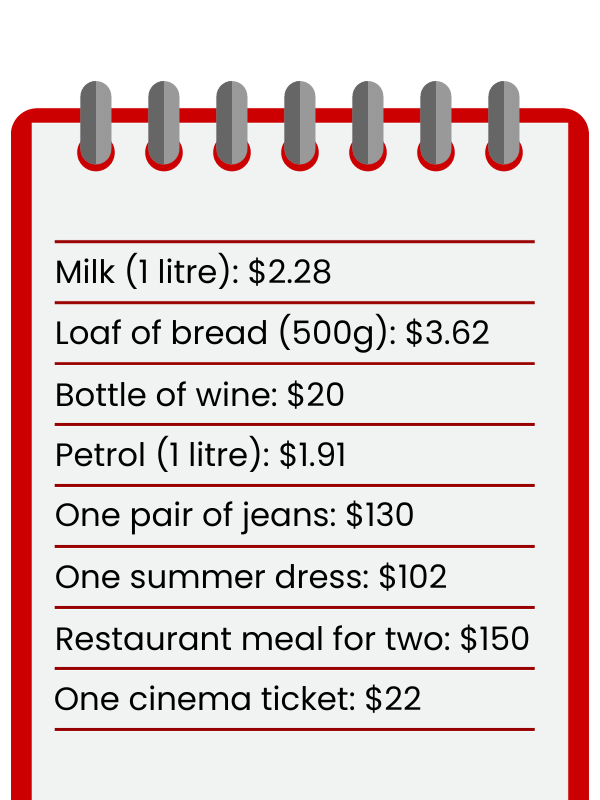
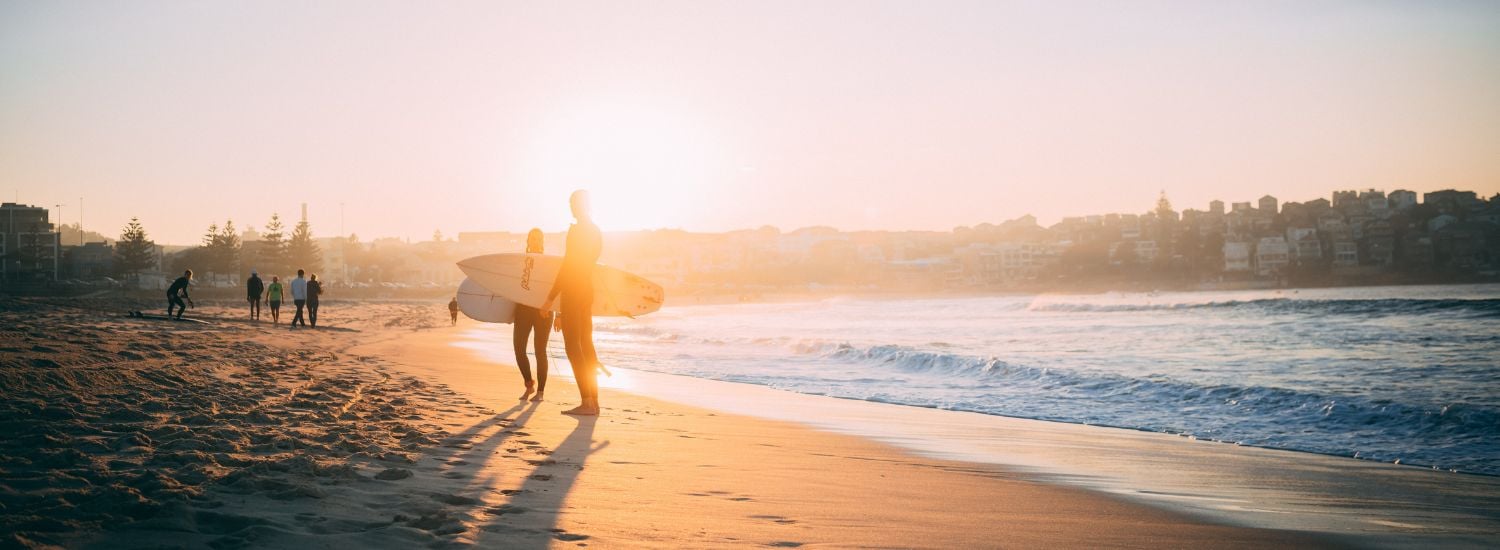
Practical advice from expats: what is it like to live in Australia?
Moving to Australia is a dream for many; full of sunshine, friendly locals, stunning landscapes and adventures. So, what better way to understand the true expat experience than by asking some brand new immigrants who used our services what to do before moving to Australia? Here is what they had to share about their new lives Down Under:
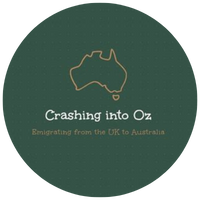
"Research everything from school catchment areas to house prices in different suburbs of your chosen state, and what work is out there for your skills and qualifications (and whether or not you need to get these transferred to Australian recognised qualifications).
Once you have done that, you can start on the logistics, like flights, getting pets out here and, of course, any possessions you can't leave behind! Preparation is key, but in stages. Don't leave everything until the last few months. Once you have decided to move, start preparing. It'll feel less overwhelming that way and will ensure you stay excited about your big adventure!"
K and T Crashley from Crashing into Oz
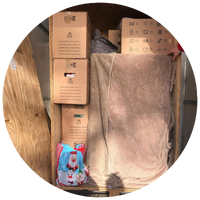
"If you have a leaving date in mind, give yourself plenty of time and pay the deposit for the MoveCube®. I booked mine two weeks before we left, and it wasn't enough time. My mum and dad loaded our MoveCube® for us, and I had to do the inventory from a notepad while I was in Australia and my boxes were in the UK.
If you have any questions about the MoveCube®, call Seven Seas Worldwide. Their customer service was brilliant the other day when I needed help using the correct terminology to satisfy Aussie customs without listing every sentimental item inside a box. Just making that quick phone call made all the difference."
Tate, Harry, Miley and Tilly from Married Moving to Oz
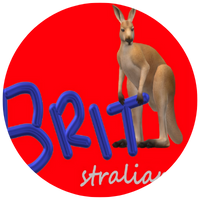
- "Swap your .co.uk email address for a .com email address. You'll be taken more seriously when you apply for jobs or send an important email.
- Be prepared for a career change and keep an open mind when applying for jobs. Many of us define ourselves by job titles, but Australia might do things a little differently from what you're used to, so you may end up working in a different capacity or a new field altogether.
For example, I was a journalist for Sky News in London, but when I moved to Australia, I ended up working in gold mines in the outback. Enjoy the journey!
- Try not to overload yourself when applying for visas, and don't be afraid to decline invitations if you need to get stuff done.
Be mindful that applying to live and work in another country can be stressful, not just because the application process itself can be lengthy and require lots of research, but you will also need to work out where you want to live and how you are going to get all your belongings over there."
Anna from BRITstralian
Once you have decided to move, start preparing. It'll feel less overwhelming that way and will ensure you stay excited about your big adventure!
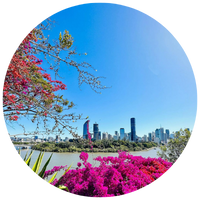
- "Use a migration agent if you can. It'll save time and stress, and although you have to pay for the luxury, we looked at it as an investment to help achieve our dream!
- Trust the process. You're not going to get set up in a new country overnight. For example, don't stress if your Medicare card hasn't arrived within the time frame they said it would. Things take longer here, and everyone is much more laid back.
- Research an area you think you'd like to live in. This may initially be just the city you want to move to, but once that decision is made, research schools and accommodation costs in different suburbs around that city.
- Use YouTube and Instagram to find out what living in Australia is like. So many people have made the move, and some great videos have been made on assimilating into Australian life.
- Sell as much stuff as you can before you leave. Not only will it allow you to ship a smaller container or MoveCube® over, but it will also allow you to start fresh when you arrive.
We used a Medium MoveCube®, which was perfect for us as we didn't need to ship any furniture, but it allowed us to send over our personal effects without paying for a bigger container.
- If you can, break up the journey. We spent three months in South East Asia on the way over and loved every minute. The kids learnt so much from the different cultures, and by the time we arrived in Australia, our MoveCube® was already here! If you do travel, pack half of what you think you'll need! We had two 55l backpacks and one 90l wheeled bag, which was still too much.
- Arrive with an open mind. Australia is not England, and there are so many differences. I think people compare the two too often and while some things are better in the UK, we wouldn't change our decision. We love it here!"
The Freemans from Brixham to Brisbane
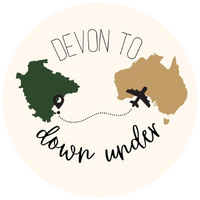
"Sort what you need, want or can recycle or donate, as we didn't want to transport too much. The MoveCube® plastic floor size sheets are really helpful, and we marked this out in our garage to help with preparation.
In terms of boxes, we used moving boxes, which fit well, and vacuum bags for clothes. It was also nice to know Seven Seas Worldwide were only a call away if we had any questions."
Sarah and Bill from Devon to Down Under
UK expats achieve dream life Down Under with the help of a MoveCube®
Nick, Jody and family, aka The Great Emigrate on YouTube, recently moved from the UK to Brisbane, Australia. Watch as they welcome the safe arrival of their belongings in a MoveCube®, unload it, and discuss their entire Seven Seas Worldwide removal experience.
The UK nationals cover how helpful our drivers were in both countries, their site visit, total costs, and much more.
From generating a free quote to being reunited with their belongings, The Great Emigrate enjoyed an end-to-end removal experience thanks to our expert team and global network of depots.
FAQs about moving to Australia for expats
To apply for an Australian visa, determine the appropriate visa type for your purpose (tourism, work, study, etc.). Next, visit the Australian government's official Department of Home Affairs website to create an ImmiAccount and complete the online application form. Then, upload the required documents, pay a fee, and submit your application.
Australian visa processing times vary by visa type and personal circumstances. Some are approved in days, while complex applications can take months. To speed up processing, submit a complete and accurate application with all required documents. Check the Department of Home Affairs website for up-to-date timelines.
The validity of Australian visas varies by visa type. Tourist visas typically last from three months up to one year. Work and student visas usually cover the duration of the job or study program, which can be several years. It’s important to check your visa's conditions for its exact validity period.
The amount of money needed to move to Australia depends on your visa type, length of stay, travel costs, and accommodation expenses. Create a detailed budget covering all these factors to ensure you have sufficient funds for your move.
Choosing where to live in Australia depends on personal preferences, lifestyle, and career opportunities. Sydney and Melbourne offer large job markets and cultural amenities, while cities like Newcastle, Perth, and Wollongong provide more affordable homes and laid-back vibes.
Australia's top 10 in-demand jobs are nurses, teachers, software developers, electricians, construction managers, carpenters, machinists, plumbers, mechanics and university lecturers.
The best universities in Australia are the University of Melbourne, Monash University, the University of Sydney and Australian National University.
Living in Australia offers a relaxed lifestyle, multicultural society. and access to stunning landscapes. The country is also known for its vibrant cities, beautiful beaches, numerous outdoor activities and welcoming locals.
You can move to Australia without a job, but permanent residency usually requires employer sponsorship for an in-demand role. Other options include sponsorship by a family member or spouse, or qualifying for a retirement visa.
You can import cats and dogs to Australia only from approved countries. Pets must be vaccinated, fit to travel, and implanted with a microchip readable by an ISO-compatible scanner. For details on import applications and other animals, check the Australian Government's Department of Agriculture, Fisheries and Forestry website.
Everyone is moving to Australia for its strong job market, high quality of life, political stability, and sunny climate. It also offers excellent healthcare – including long life expectancy for men (81) and women (85) – world-class education, and employment opportunities for skilled migrants.
To start the process of moving to Australia, first determine which visa suits you, whether it's work, family, or study-based. Then gather all required documents, complete the application, and submit it through the Australian Department of Home Affairs. Be sure to read your visa's eligibility criteria and prepare for health, financial, and character checks.
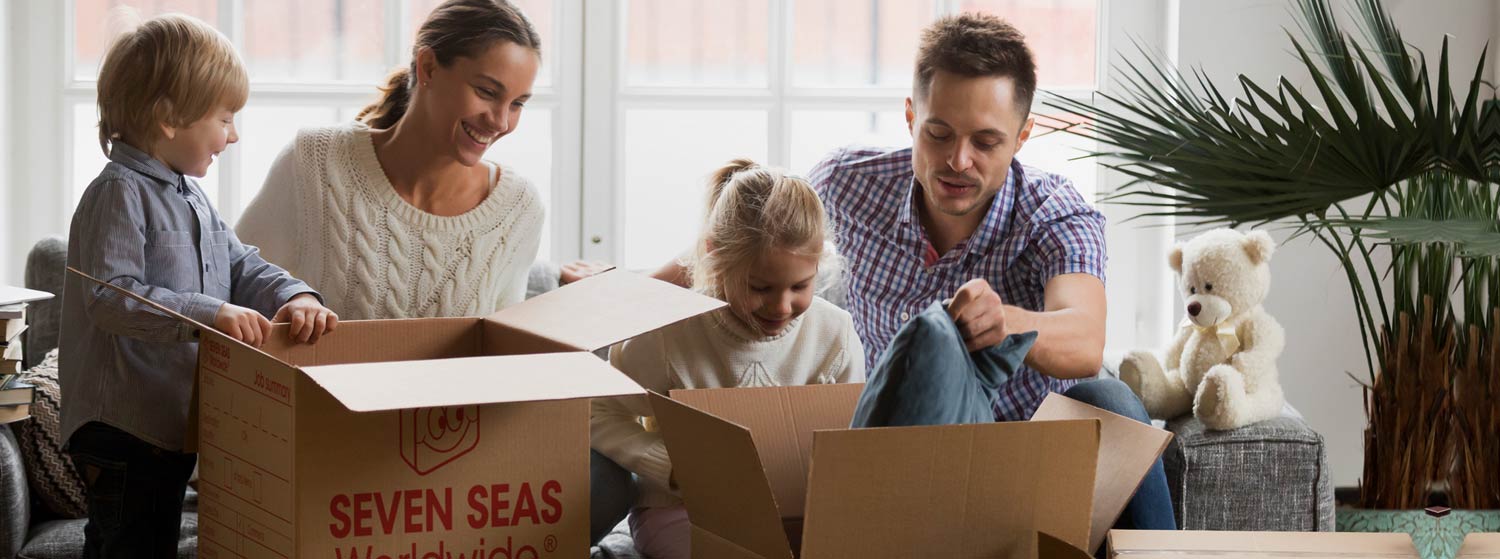
How international removals to Australia work
Seven Seas Worldwide has shipped home removals worldwide for over 25 years. From Perth to the Gold Coast, we'll safely ship furniture, boxes, bags, bicycles and more wherever you settle in Australia. Our knowledgeable team, free packing supplies, complimentary storage and multilingual customer service set us apart from other international removals companies.
What is the MoveCube® moving pod?
Our sturdy moving pod, the MoveCube®, acts as your own dedicated shipping container. It is delivered to your door for you to fill with household goods, such as kitchen appliances, furniture, sports equipment, boxes, bags and more!
To help you pack your belongings securely, each MoveCube® order comes with a free Starter Pack containing a measuring tape, a box cutter, a marker pen, a roll of parcel tape, and a tape dispenser. Plus, three plastic sheets you can lay on the floor to work out what will fit inside a Large, Medium or Small MoveCube®.
You can order as many MoveCubes® as needed to suit the size of your removal. Please note that if you order more than one MoveCube®, they may arrive on separate days. Start your exciting overseas adventure today with a free instant quote and get a transparent cost breakdown of the entire shipping to Australia process.
Another benefit of using our international removal service is that we handle the Australian customs process. However, there are a few things you should be aware of when moving household items to Australia.
- Like all countries, Australia has a list of banned items to protect its people and environment. Check our Prohibited Goods page before you pack to avoid delays or fines.
- Ensure all your belongings are clean and dry before packing, especially outdoor clothing, garden furniture and sports equipment. You will incur fines and delays if Australian quarantine officials find dirt or organic matter on the items in your removals shipment. Shoes must also be clean and dry and placed at the front of your MoveCube® for easy inspection.
- Complete all your online documents and ensure your inventory packing list accurately matches what you have packed in your MoveCube®.
- Upload scans of your passport clearly showing the picture and signature pages.
- Ensure any wood, animal products or plant life and their derivatives you are shipping are not endangered as designated by CITES (Convention on International Trade in Endangered Species of Wild Fauna and Flora).
Please reference our Importing into Australia page and Australian customs declaration B534 form guide for a full breakdown of the Australian customs process.
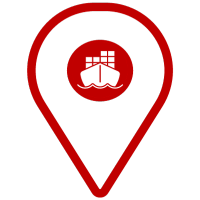
Transit times for shipping to Australia
Estimated transit times when transporting one Large MoveCube® by sea from the capital cities of our ten most popular routes to Canberra, Australia:
| Origin country | Transit time* |
| China | 69 days |
| Hong Kong | 56 days |
| Ireland | 140 days |
| Malaysia | 78 days |
| New Zealand | 73 days |
| Singapore | 78 days |
| South Africa | 96 days |
| Thailand | 95 days |
| UK | 119 days |
| USA | 110 days |
*estimated timings dependent on global shipping circumstances.
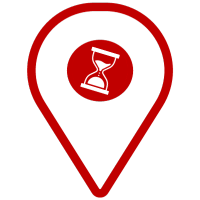
Australian history timeline
Pre-1600s
Indigenous Australians, comprising diverse cultures and languages, have inhabited the continent for at least 65,000 years, developing unique societies and art.
1600s
In 1606, Dutch explorer Willem Janszoon encountered the northern coast of Australia. Subsequent explorers, including Dirk Hartog and Abel Tasman, contributed to European knowledge of the continent.
1700s
Captain James Cook claimed the eastern coast for Britain in 1770. The First Fleet, led by Captain Arthur Phillip, arrived in 1788, establishing a penal colony at Botany Bay (now Sydney).
1800s
Convict transportation continued with exploration expanding inland. In 1851, gold discoveries in Victoria and New South Wales triggered a significant influx of immigrants, boosting economic growth.
1900s
On 1st January 1901, the British Commonwealth of Australia is formed. And in 1986, the Australia Act ended the remaining constitutional links between Australia and the UK.
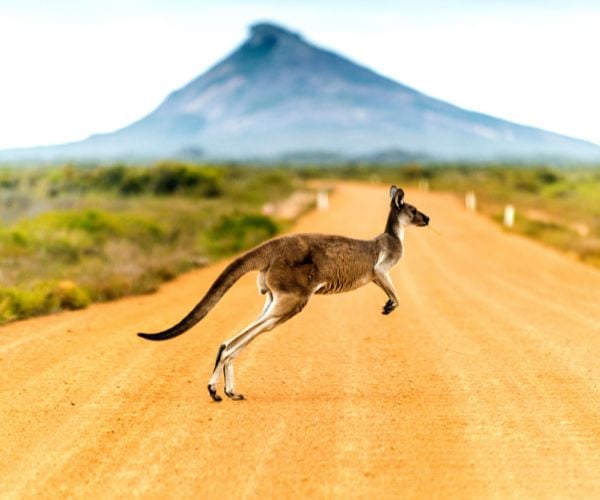
Australian culture: values, traditions and more!
Depending on where you're from, Australian customs and quirks might take a while to get used to. There are similarities to other English-speaking countries like the UK, USA and Canada, but there are also significant differences. Here are some things to consider when moving to Australia:
- Laid-back lifestyle and attitude: Australians are known for their friendly demeanour and informal approach to life. The concept of "mate-ship" emphasises camaraderie and loyalty. Don't be surprised if a bank teller, police officer or postman casually calls you "mate" and strikes up small talk upon first meeting.
- Indigenous heritage: Aboriginal and Torres Strait Islander peoples of Australia have inhabited the lands for tens of thousands of years and profoundly impacted Australian culture. Dreamtime stories, art, and connection to the land remain essential aspects of Indigenous identity. Festivals and ceremonies, such as NAIDOC Week and Sorry Day, let Indigenous Australians share their cultures with the broader community.
- Check your plugs: Australia uses type I electrical outlets and plugs. It has three flat pins in a triangular configuration. The two top pins are angled, and the socket has a corresponding triangular shape. The standard voltage is 230V, and the frequency is 50Hz. You can use plug converters for a while on arrival, but using them for long periods is unsafe. Replacing your electrical appliances on arrival is a wise decision.
- Sports culture: Aussies love sports! In particular, cricket, rugby, and Australian Rules Football (AFL). Sports are prominent in Australian society and contribute to the nation's sense of identity, providing a source of pride and community spirit. Significant events like the Melbourne Cup and the AFL Grand Final capture national attention.
- Be prepared for laughs!: Australians are known for their love of humour, often characterised by wit, sarcasm and playful banter. Their self-deprecating humour, where individuals playfully make fun of themselves, is seen as a way to break down social barriers.
10 surprising facts about Australia
Here are 10 surprising facts about Australia you might not know, from natural wonders to cultural highlights. The Land of Oz is a unique country with many interesting and quirky features.
- Australia is home to several pink-coloured lakes, including Lake Hillier in Western Australia. The cause is believed to be a combination of high salt concentration and blush-hued algae.
- The Dingo Fence is the longest in the world, stretching over 5,600 kilometres (3,480 miles)! It was initially built to keep dingoes away from farmland and serves various agricultural purposes.
- UNESCO World Heritage Site, the Great Barrier Reef, is the world's largest coral reef system. The breathtaking natural wonder is so vast it can be seen from space!
- Melbourne, known for its multiculturalism, has the largest Greek population of any city outside of Athens.
- The Daintree Rainforest in Queensland is considered the world's oldest tropical rainforest at around 180 million years old, which is older than the Amazon Rainforest.
- Australia is the home to iconic animal species not found anywhere else on Earth, including kangaroos, koalas, platypuses and wombats.
- Australia is often called the "island continent" since it's the world's largest island and smallest continent.
- "The Outback" makes up most of the country — a remote and arid region with sparse population density, home to unique landscapes and wildlife.
- Australia is home to the world's longest golf course, Nullarbor Links, spanning over 1,365 kilometres (848 miles) across the Nullarbor Plain.
- While it has a rich geological history, Australia is the only continent without active volcanoes.

